
Ingredient
Shallots
The Delicate Allium: Unveiling the Secrets of Shallots
Shallots are small, elongated bulbs with a papery golden-brown skin. They have a milder and sweeter flavor compared to onions, with a hint of garlic. The flesh is off-white or pale purple, and the texture is crisp and firm. Shallots are known for their delicate and complex taste, making them a favorite among chefs and home cooks alike. They can be used both raw and cooked, adding depth and complexity to a wide range of dishes.
Origins and history
Shallots have a rich history that dates back thousands of years. They are believed to have originated in Central or Southeast Asia and have been cultivated for centuries in regions such as China, India, and Persia. Shallots were highly valued by ancient Egyptians, Greeks, and Romans for their culinary and medicinal properties. They eventually spread to Europe and became popular in French cuisine, where they are still widely used today.
Nutritional information
Shallots are low in calories and fat, while being a good source of dietary fiber, vitamins (such as vitamin C and vitamin B6), and minerals (including potassium and manganese). They also contain antioxidants and compounds that may have anti-inflammatory and antimicrobial properties.
Allergens
Shallots are not commonly associated with allergies, but individuals with allergies to onions or garlic may also be sensitive to shallots.
How to select
When selecting shallots, look for bulbs that are firm, plump, and heavy for their size. Avoid any that have soft spots, mold, or sprouting. The skin should be dry and papery, without any signs of browning or shriveling. Smaller shallots tend to be sweeter and milder in flavor.
Storage recommendations
Store shallots in a cool, dry, and well-ventilated place, away from direct sunlight. They can be kept at room temperature for up to a month. For longer storage, place them in a mesh bag or a well-ventilated container in the refrigerator, where they can last for several months.
How to produce
Shallots can be easily grown at home by planting sets (small bulbs) in well-drained soil during the fall or early spring. They prefer a sunny location and regular watering. Harvest the shallots when the tops have dried and fallen over, then cure them in a cool, dry place for a few weeks before storing.
Preparation tips
To prepare shallots, remove the papery skin and cut off the root end. Finely chop or slice them for use in salads, dressings, or garnishes. Shallots can also be sautéed or caramelized to bring out their natural sweetness and used as a flavor base in various dishes. When using raw shallots, soaking them in cold water for a few minutes can help mellow their flavor.
Substitutions
If shallots are not available, you can use a combination of minced onions and garlic as a substitute. However, keep in mind that the flavor profile will be slightly different.
Culinary uses
Shallots are a staple in French cuisine, where they are often used in sauces, vinaigrettes, and classic dishes like Coq au Vin. They are also commonly used in Asian cuisines, such as Thai and Vietnamese, to add depth to stir-fries, curries, and marinades. Shallots can be pickled, roasted, or used as a topping for pizzas and tarts. Their versatility makes them a valuable ingredient in a wide range of recipes.
Availability
Shallots are commonly available in most grocery stores and supermarkets worldwide. They are also cultivated in countries like France, the Netherlands, Thailand, and India.
More ingredients from this category
Recipes using Shallots » Browse all

Homemade Bakso with Flavorful Broth
Savory Meatball Delight: Homemade Bakso with Fragrant Broth

Pecel with Spicy Peanut Sauce
Indonesian Delight: Pecel - A Burst of Flavors in Every Bite!

Sambal Tappa Recipe
Fiery and Flavorful Sambal Tappa: A Spicy Delight from Indonesia
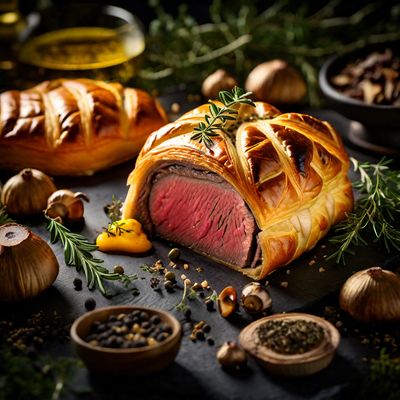
Beef Wellington
Elevated Beef Wellington: A Haute Cuisine Twist on a British Classic
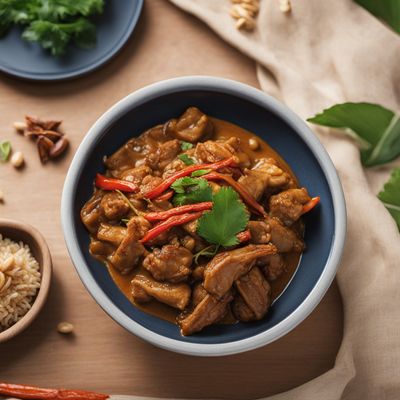
Satay Celup with Peanut Sauce
Indulge in the Irresistible Satay Celup Experience

Sarawakian-style Steamed Bread Dumplings
Borneo Bites: Sarawakian Steamed Bread Dumplings
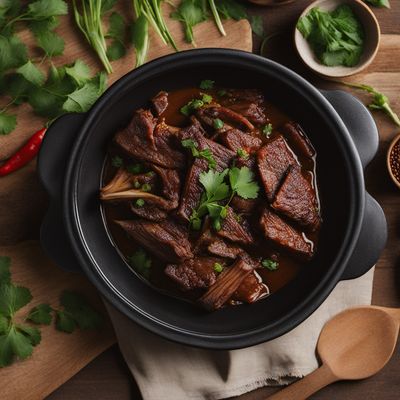
Indonesian Spicy Beef Ribs Stew
Fiery Delight: Indonesian Spicy Beef Ribs Stew
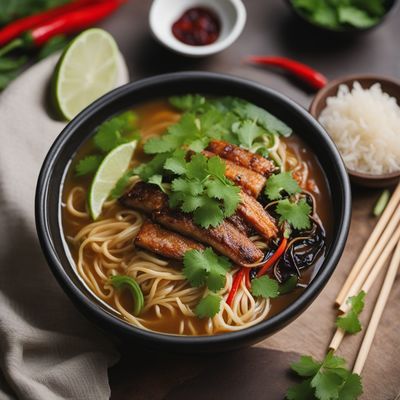
Javanese-style Eel Noodle Soup
Savor the Richness: Javanese-style Eel Noodle Soup

Coconut Rice with Spicy Sambal and Fragrant Condiments
Malaysian Delight: Fragrant Coconut Rice with Spicy Sambal

Peranakan-inspired Gazpachuelo
Nyonya Twist on Gazpachuelo: A Refreshing Peranakan Delight
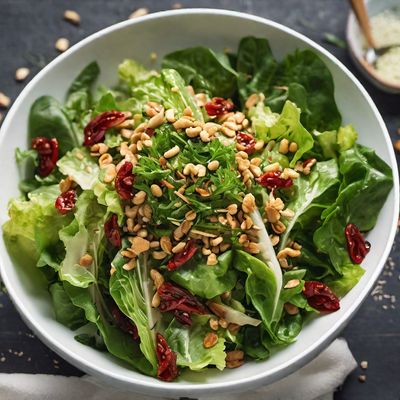
Taiwanese-style Caesar Salad
Taiwanese Caesar Salad: A Fusion of East and West
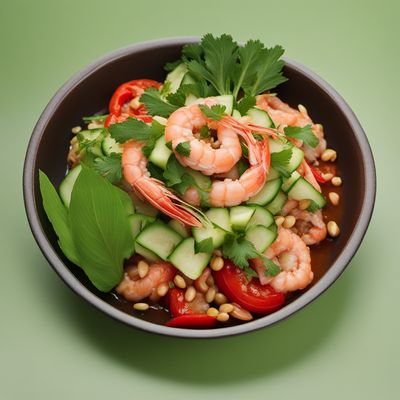
Peranakan-style Feiersténgszalot
Nyonya-inspired Luxembourger Salad